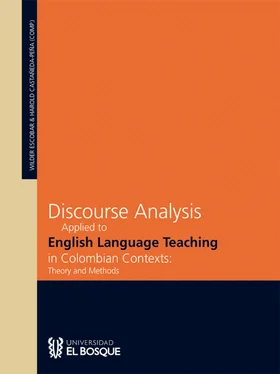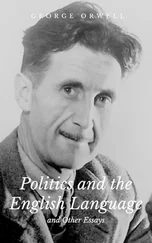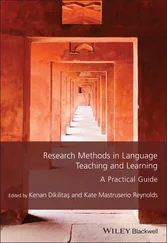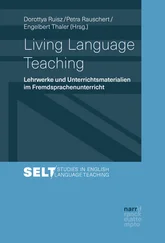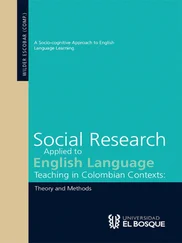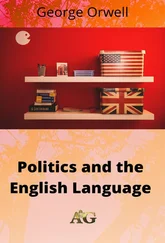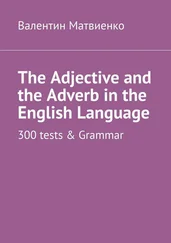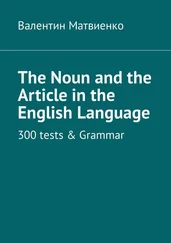A reflection was made by Blackbourn-Brockman (2001) using discourse analysis to scrutinize the role gender manifestations play in written exercises. She is keen to examine both writing processes and written products. From a methodological standpoint, she categorizes female and male types of writing products according to previous feminist findings such as those obtained by Deborah Tannen (1990), Elizabeth Flynn, (1988) and Carol Gilligan (1982). Blackbourn-Brockman’s (2001) work is descriptive in nature and shows how students from a functional point of view use written discourse. The author mainly points out findings that reflect how male students always addressed the challenge of writing competitive documents such as proposals, fund-raising letters, etc.; and how female writers constantly remained within the same pattern choice of manuscript, writing noncompetitive documents such as newsletters. The dichotomy competitive/noncompetitive was defined in terms of how persuasive the documents were in nature. The author also points out serious classroom recommendations “to encourage a fuller awareness of gender, including the way gender intersects with other socially constructed values” (Blackbourn-Brockman, 2001, p. 29). Her research was conducted in an English speaking US high school.
Christie (2002) also takes a functional perspective towards classroom discourse analysis, but her view is framed within the systemic functional linguistic theory in various English-speaking educational contexts. She follows Halliday’s (1978) classic ideas of situated language and field, tenor and mode. Language is situated because it is produced within a particular context like a classroom. In such a particular framework, classroom participants use specific linguistic registers that reflect a type of social action (field) like eliciting, giving feedback, participating or replying. Classroom participants also establish relationships (tenor) between themselves and play roles like those of speaker and listener when performing specific types of social actions during a lesson. At the same time, classroom partakers determine textual patterns to be used in the interaction in order to contribute to a symbolic organization (mode) of the situation, which defines the classroom as a place to co-construct knowledge, for example. By appealing to all these theoretical constructs, Christie can formulate classroom work as a structured activity in which there are mainly regulative and instructional registers; classroom activity constitutes classroom genres, and those genres constitute macro genres. According to her, both classroom genres and macro genres are “staged, goal-driven activities, devoted to the accomplishment of significant educational ends. They are quite fundamentally involved in the organization of the discourses of schooling” (Christie, 2002, p. 22). In that sense she concludes, quoting Bernstein’s work, that it is necessary to examine pedagogic relationships in four related senses that embrace the analysis of the language used by teachers, the power relationships embedded in discourse, the special role of structuring pedagogic relationships conferred on teachers and the positioning students acquire in the pedagogic process. The latter is a relevant dimension to study since students are the ones “whose consciousness is shaped and who acquire various ways of behaving, responding, reasoning and articulating experience of many kinds” (Christie, 2002: 162). One type of experience is that of learning a second language. The next section will outline how discourse analysis has been applied to the analysis of learning English as second or foreign language.
Discourse analysis in foreign and second language educational settings
McCarthy and Carter (1994) expressed a serious concern about the way applied linguists and other linguists were looking at the language used to teach first and second/foreign languages. These two authors challenged the practice of examining isolated uses of language and argued for a discourse-based view that “prioritizes an interactive approach to analysis of texts which take proper account of the dynamism inherent in linguistic contexts” (McCarthy and Carter, 1994, p. 38). This means that they view the language classroom as a dynamic linguistic context where texts are produced interactively. In order to demonstrate the relevance of their discourse-based view to language teaching, McCarthy and Carter (1994) analyze the way common linguistic patterns might impact pedagogical aspects such as syllabus construction, materials design, and the planning of classroom activities. They conclude that linguistic patterns are entangled together to realize what they call genre, and that the spoken or written text “is a complex balance of many diverse elements (McCarthy and Carter, 1994, p. 77).” One of the authors’ main contributions to the field of discourse analysis could be the use of the linguistic dimension of mode, which is rather a free choice of speech features made by the message sender within a social context. If language learners are able to appropriately use such a dimension they will be able to cope with different communicative situations and contexts. The dimension of mode is also useful to those involved in curriculum planning, policy making and language materials writing. This is due to the fact that learning a language is “a process of analysis, of explicit attention to language, of conscious reflection on the forms and functions of language and on the means by which meanings are made by language (McCarthy and Carter, 1994, p. 134).” This suggests that all those involved with language teaching deal with natural real language used in natural and real contexts; mode will be a way of recognizing that a question does not always seek out an oral answer because its mode might correspond to instruction, advice, or a suggestion. Finally, these two authors point out that learning a language also implies learning ‘through’ it and they prepare the ground for additional questions implying the promotion of critical language learning. This kind of learning will make learners aware of how language shapes identities and carries out ideologies and values.
Seedhouse (1995) also followed McCarthy and Carter’s concern about the predominant continuation of isolated speech-based views on classroom language. This researcher argues that an interactional discourse analysis approach to second and foreign language contexts is needed. According to him, there are five reasons for such a claim. These include the lack of unity and clarity surrounding the concept of communication, the lack of research as to how interaction in the second or foreign language classroom could foster learning, the lack of an appropriate corpus, the lack of common criteria to assess interaction, and fifth, the lack of a shared meta language to describe discourse analysis processes within language learning contexts. Seedhouse (1995) acknowledges previous discourse analysis work like that proposed by Sinclair and Coulthard (1975) but challenges it because, in his own words, “none of them is able to incorporate the unique feature of L2 classroom interaction: the connection between the pedagogical purposes which underlie different classroom activities and the linguistic forms and patterns of interaction which result from those classroom activities” (Seedhouse, 1995, p. 5). Long and Sato (1983) (cited by Seedhouse, 1995), have identified more than 200 code systems used to analyze classroom language but, according to them, the use of those quantification schemes “cannot constitute the basis of a methodology for the description, analysis and evaluation of L2 classroom interaction” (Seedhouse, 1995, 15). Classroom interaction analysis goes beyond coding transcripts; it is about understanding ways of communication. Seedhouse (1995) remarks that in the second or foreign language classroom, there are many kinds of possibilities for establishing communication through interaction since the pedagogical contexts to support communication vary in accordance with the learning opportunities that are provided by the participants of the interaction. The author concludes that a valid and reliable methodology to understand interaction intertwined with pedagogy in the second or foreign language classroom would be a useful tool for those involved in language teaching and that the “unique methodology which is required for the analysis of L2 interaction could be verified and supported by other established and complementary methodologies within a multiple perspective approach” (Seedhouse, 1995, p. 24). In that sense, this researcher explains that the use of ethno-methodological conversational analysis combined with a methodology of communication rules analysis, triangulation and an adequate and representative database is complementary.
Читать дальше
